A Guide to Your Boxwood Health
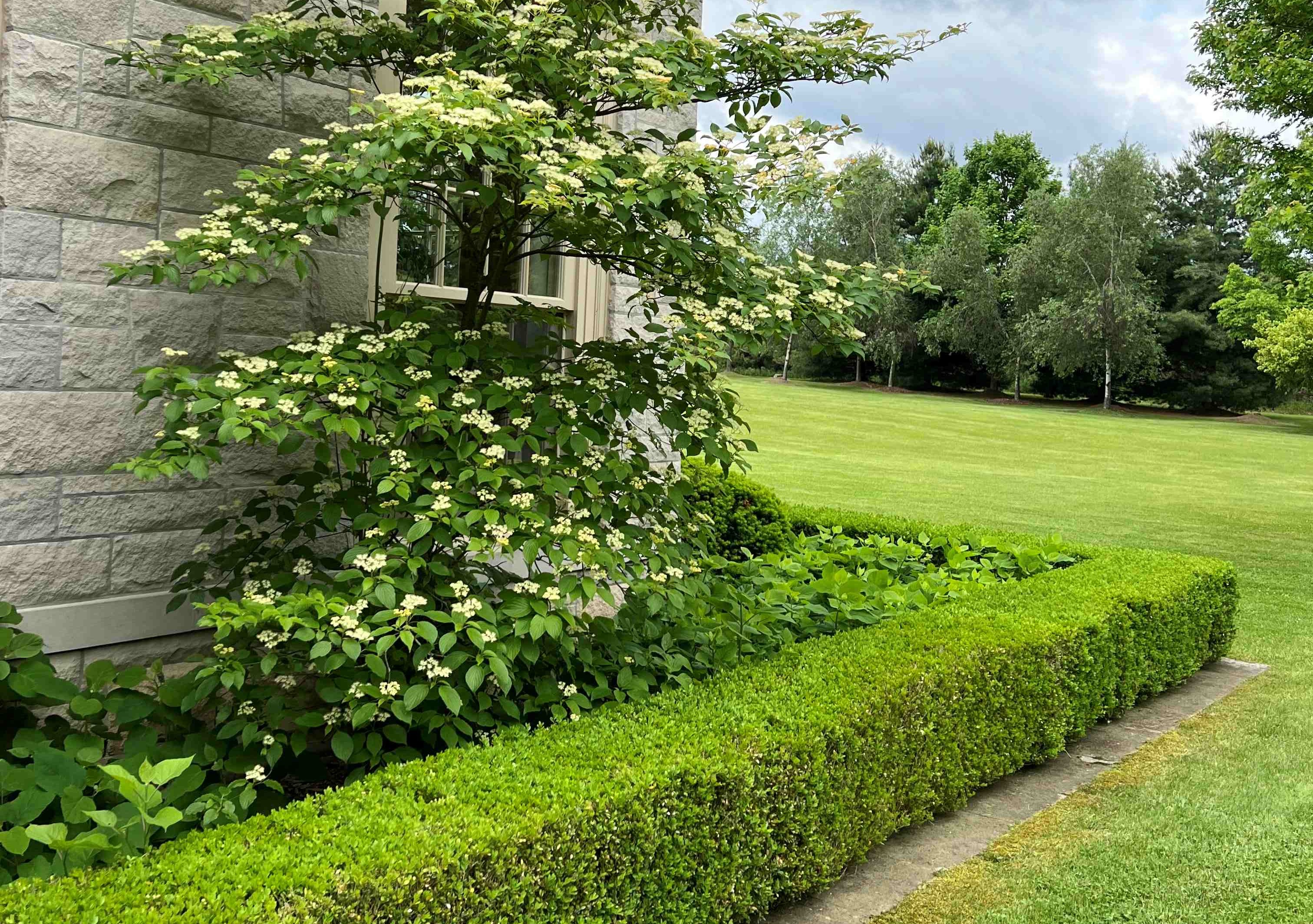
A Guide to Your Boxwood Health
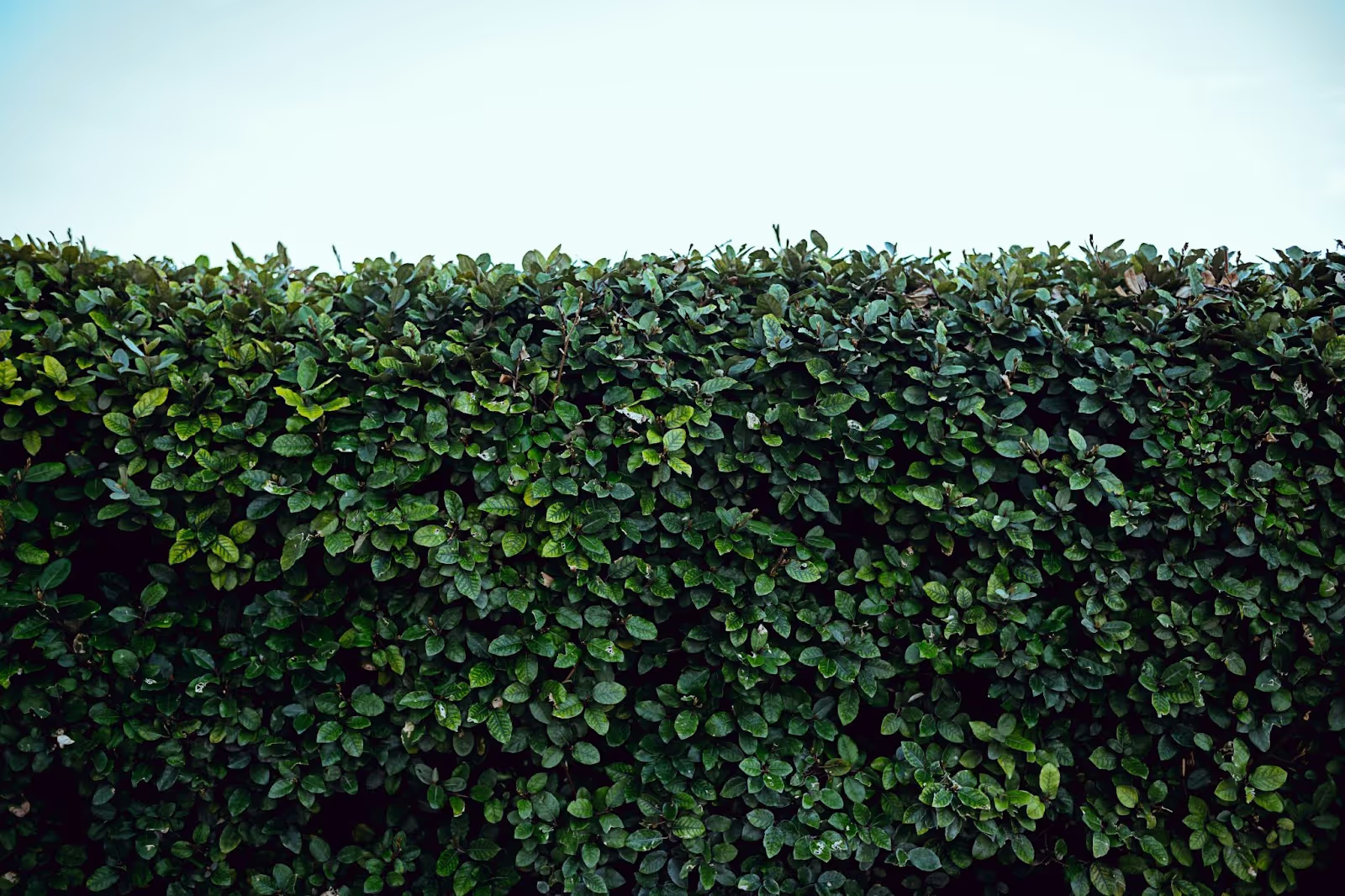
It’s hard to find a plant quite like boxwood. Unique in its ability to provide structure and definition, it often replaces traditional hardscaping materials like stone or wood. Toronto homeowners and landscape designers have long admired boxwood for its elegant, traditional style.
However, since 2020, gardens across the city have been losing their boxwood borders to a fast-spreading blight and a number of destructive pests: boxwood psyllids, boxwood leafminer, boxwood spider mite, and the box tree moth (Cydalima perspectalis).
Boxwood Psyllids
These pests primarily cause cosmetic damage. Curling leaves and a cottony white presence on new growth are telltale signs. To prevent the spread:
- Prune and discard any damaged or affected growth.
- Use insecticidal soap if the insects are still in the crawling stage.
Boxwood Leafminer
Contorted, blistered, and blemished leaves indicate the presence of leafminer.
- Damage may not be noticeable until it progresses.
- Begin inspecting shrubs in late May to early June for flying adult insects.
- If caught early, prune 1″ to 2″ of growth to remove affected leaves.
- Rake up and dispose of leaves and stems in plastic bags—not with yard waste.
THE DEADLIEST THREATS
Box Tree Moth (Cydalima perspectalis)
Native to East Asia, this moth has the potential to cause extensive damage to local ecosystems and the horticultural industry. Adults have white wings with a brown border and dark markings, but it’s the larvae that are most destructive. Bright green with black heads, they grow up to 4 cm and feed on boxwood foliage.
Adult females lay clusters of up to 100 eggs on the underside of leaves. These hatch in about a week. The caterpillars grow rapidly, spinning protective silk webs that can engulf entire shrubs. Multiple generations per year allow for explosive population growth.
- Damage:
- Defoliation
- Weakened, disfigured plants vulnerable to secondary infections and increased mortality
- Management:
- Inspect regularly to detect infestations early
- Prune and maintain plant health
- Manually remove caterpillars and egg clusters
- Use appropriate sprays when necessary
%20(Student%20Label)%20(2).avif)
Boxwood Blight
Boxwood blight is a fungal disease that spreads quickly and kills plants en masse. First discovered in the UK in 1994, it reached Ontario in 2014 and has now hit epidemic levels.
Key Facts:
- Caused by fungal spores
- No known cure, only limited treatment
- Fungicides have shown poor long-term effectiveness
- In most cases, affected boxwoods will need to be replaced
Researchers at the University of Guelph continue to study management options, but homeowners and landscapers are currently left with limited tools.
THE BEST OPTIONS FOR REPLACING YOUR BOXWOOD
Here are several plant species that serve as strong substitutes. Most are easier to grow and maintain.
Hicks or Hills Yew
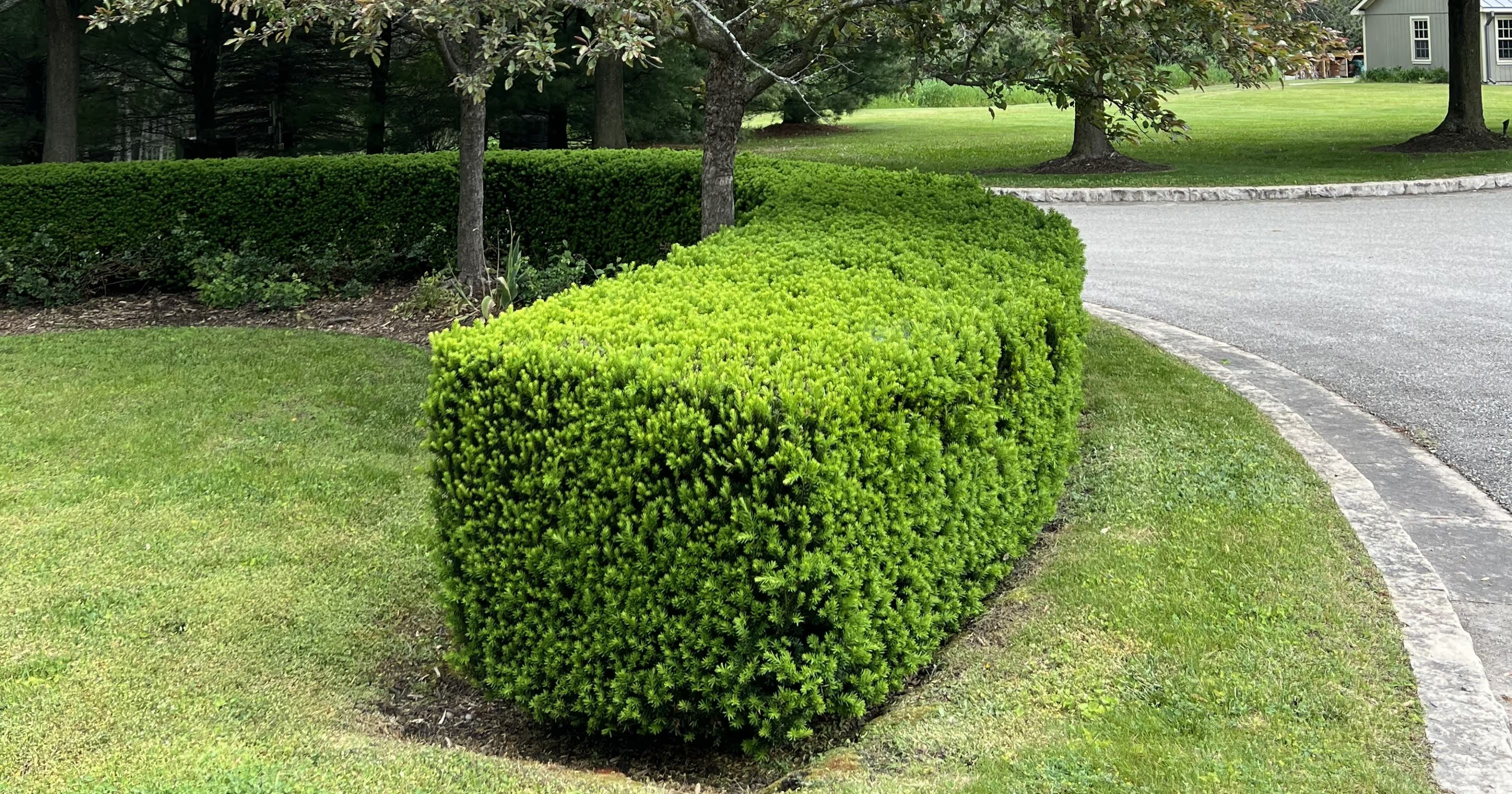
- Hardy and easy to grow
- Dense, dark green foliage that can be pruned like boxwood
- Grows up to 8 feet tall and fills out to the ground
- No need for burlap covering in winter
- Offers year-round garden interest
Stonehenge Dark Druid Yew
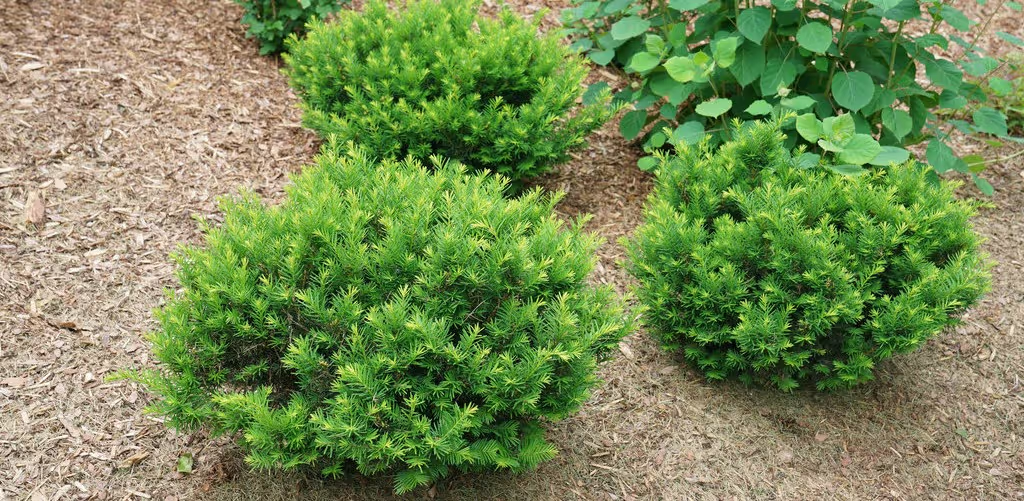
- Grows 2'–3' tall and 3' wide
- Thrives in partial to full shade, but tolerates full sun
- Note: Deer are attracted to them, so consider local wildlife
Inkberry Holly (Ilex glabra)
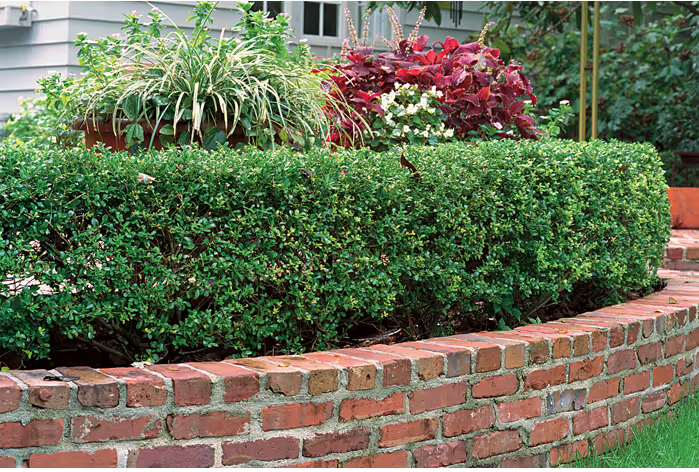
- Native to North America
- Broad evergreen leaves and dense branches
- Can be pruned into hedges, globes, or spires, mimicking boxwood
- Fills a garden corner in 2 years and can reach 5–10 feet tall
- Attracts pollinators
- Requires careful hand pruning to avoid legginess (bare stems at the base)
Japanese Holly (Ilex crenata)
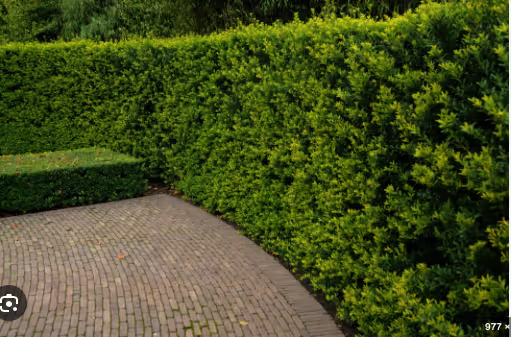
- Native to Japan and East Asia
- Dense, rigid, and compact—can grow up to 10 feet tall
- Tolerates severe pruning; popular for topiaries
- Adaptable to moist, dry, and clay soils
- Hardy: resists drought, shade, pollution, and poor soils
- Requires male and female plants to produce fruit
- Slow growth rate
- Can become invasive—manage carefully
Knock Out Roses
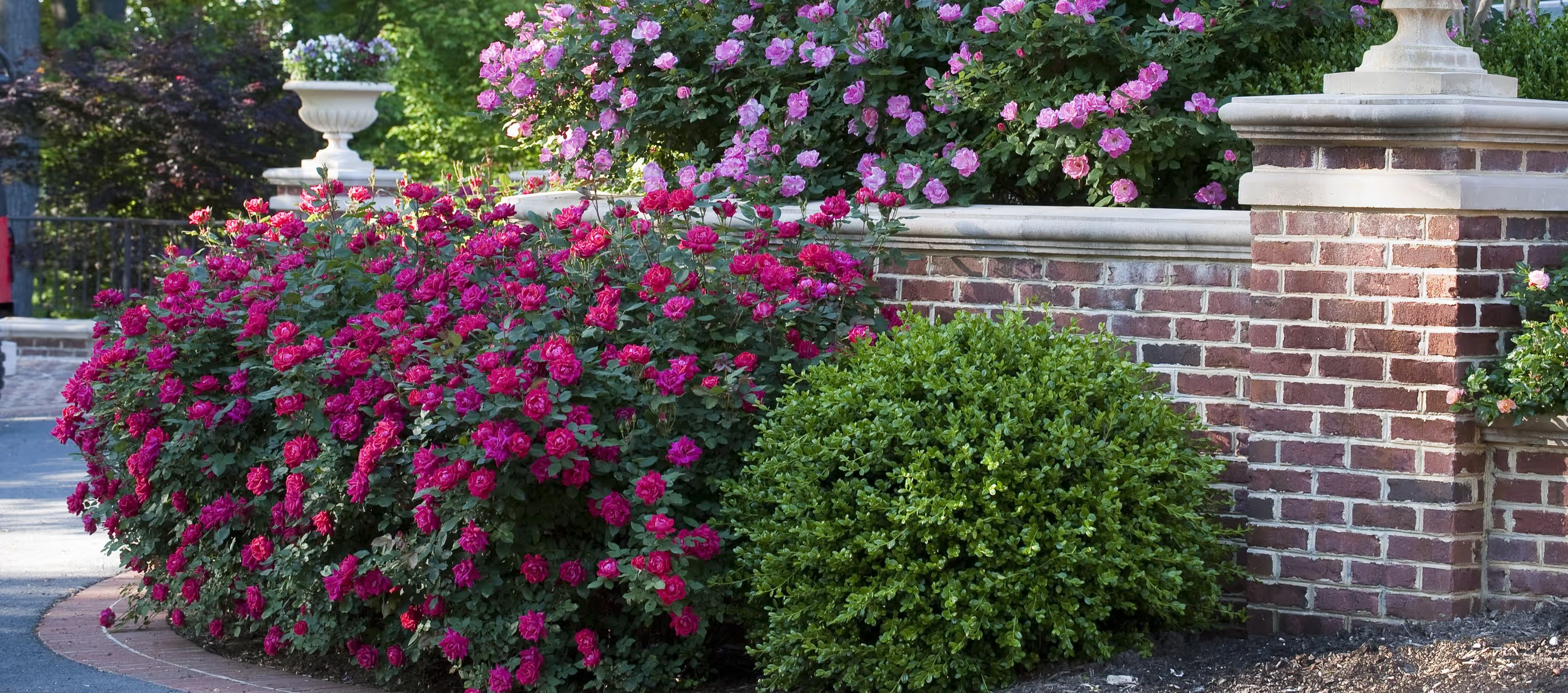
- Low-maintenance, repeat-blooming from spring to frost
- Require full sun
- While visually different from boxwood, they offer a formal, structured appearance that works in traditional gardens
Transform Your Outdoor Space Today
With over 30 years of experience, Landcare is your trusted partner in creating stunning landscapes for both residential and commercial properties. Explore our comprehensive range of services designed to enhance your outdoor environment.

